



Constitution Day
12 items
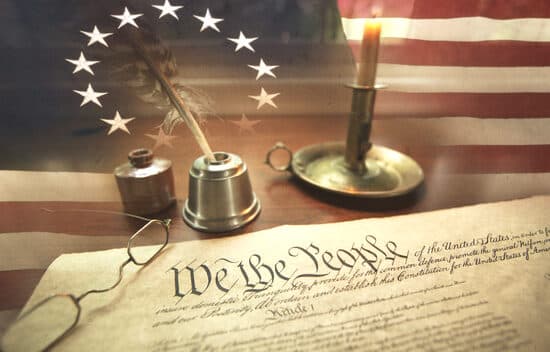
The Constitution
Primary Source - 8549 Words
Primary Source
8549 Words
The Constitution was written in the summer of 1787 in Philadelphia, Pennsylvania, by delegates from 12 states, in order to replace the Articles of Confederation with a new form of government. It created a federal system with a national government composed of 3 separated powers, and included both reserved and concurrent powers of states.
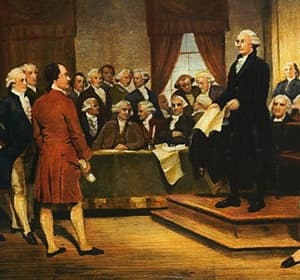
The Constitution
Lesson - 5 Activities
Lesson
5 Activities
145 Min
In 1787, many Americans were concerned that the Articles of Confederation did not grant enough power to the central government to protect the rights of the people. Under the Articles, the national government was unable to regulate commerce, taxation, currency, treaties, and protect the rights of individuals and states. The states called a delegation to meet in Philadelphia in the summer of 1787 and from that convention the new Constitution was born.
145 Min
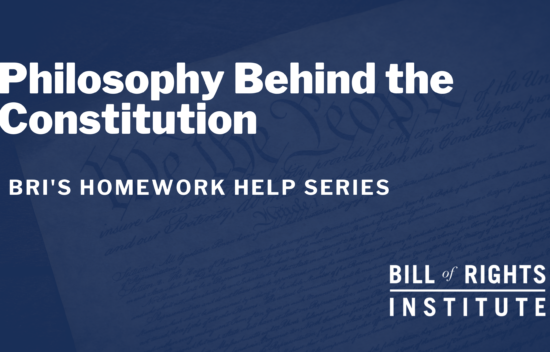
Philosophy Behind the Constitution | BRI’s Homework Help Series
Video
Video
6 Min
Have you ever looked at your teacher with a puzzled face when they explain history? I know we have. In our new Homework Help Series we break down history into easy to understand 5 minute videos to support a better understanding of American History.
What happened at the Constitutional Convention? In our seventh episode, we tackle the philosophical ideas behind the United States Constitution during the Constitutional Convention. Deep dive into the mindset of The Founders and learn different ways to interpret the US Constitution.
6 Min
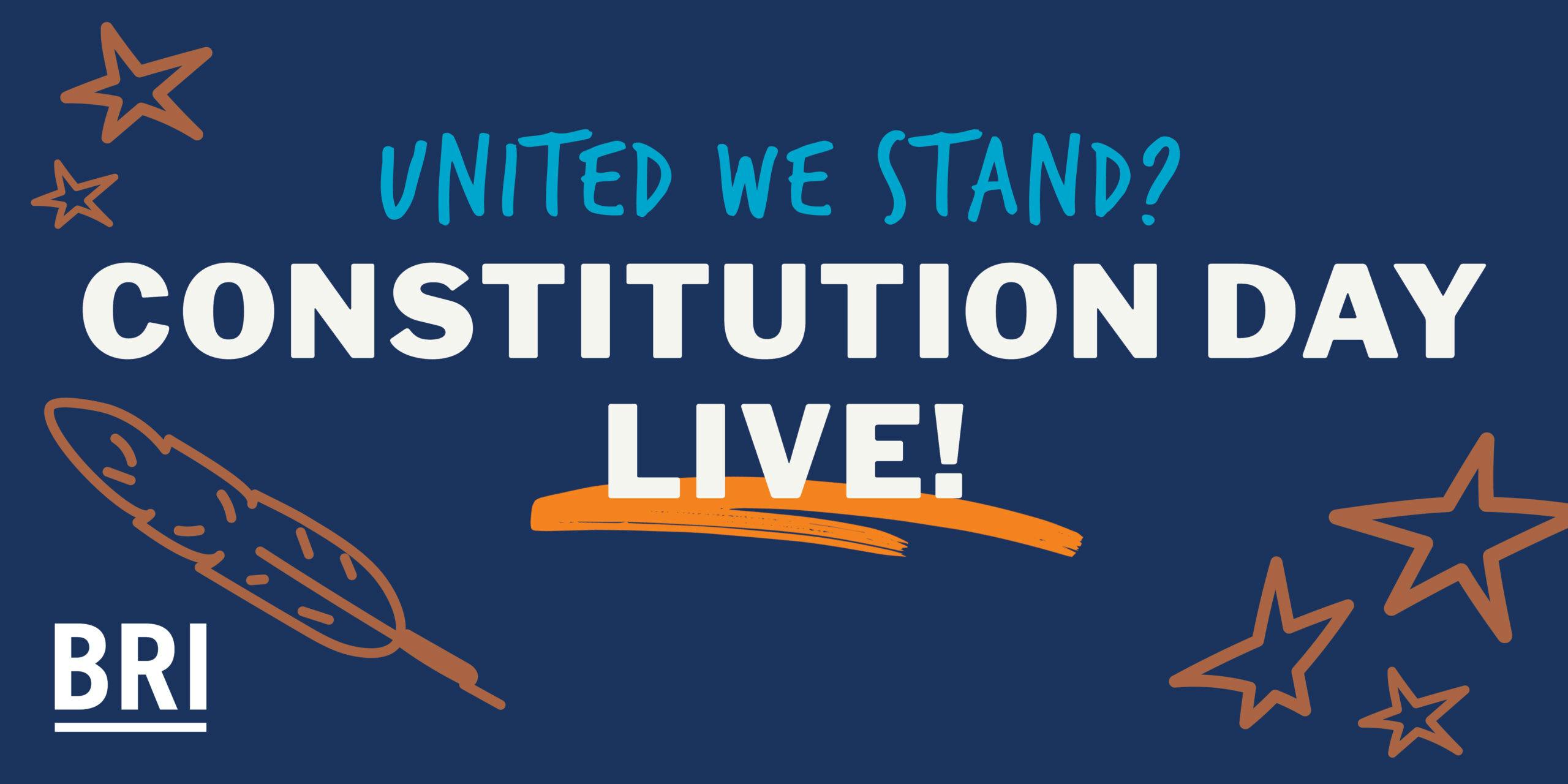
Constitution Day Live! | United We Stand?
Video
Video
240 Min
Join BRI for a special four-hour live event as we celebrate the 233rd anniversary of the signing of the Constitution! This year, we'll explore the complexity of the question "United We Stand?" by speaking with leaders in scholarship, government, and education. How does the Constitution give us a pathway to find agreement? And what concrete actions can we all take to contribute to civil society?
240 Min
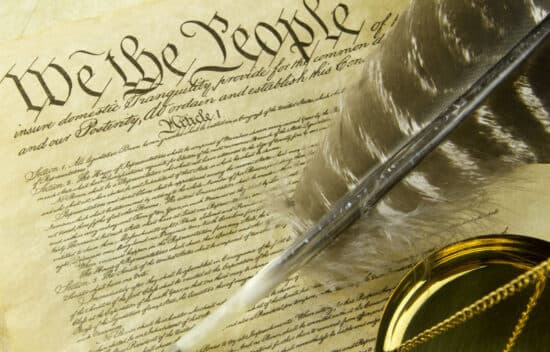
Argumentation: The Process of Compromise
Lesson
Lesson
90 Min
Use this lesson after reading The Constitutional Convention Narrative and/or the Constitutional Convention Lesson.
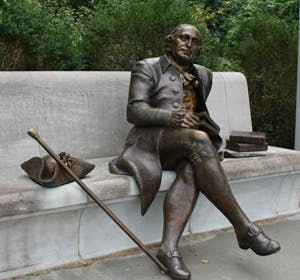
The Ratification Debate
Lesson - 11 Activities
Lesson
11 Activities
80 Min
After the Constitution was completed and signed by 39 delegates on September 17, 1787, many of the debates from Independence Hall continued in the debates over ratification in the states. For the Constitution to go into effect, at least nine states would have to ratify (or agree to adopt) it. A party division arose: Federalists argued in favor of ratification, Anti-Federalists against. Leading Federalists James Madison and Alexander Hamilton made a case for ratification in the Federalist Papers. Leading Anti-Federalists were Patrick Henry and George Mason. Mason had attended the Convention but refused to sign the final document, arguing that the central government created by the Constitution would be a threat to liberty and would take away power from the individual states.
80 Min

James Madison: Constitutional Statesman and Practical Politician with Jay Cost | BRI Scholar Talks
Video
Video
22 Min
What unique contributions did the various Founders make to liberty and constitutional self-governance? BRI’s new “American Founders” Scholar Talk Series seeks to answer this and other questions. In this episode, Jay Cost, Gerald R. Ford nonresident senior fellow at the American Enterprise Institute, joins BRI Fellow Tony Williams. Together they discuss Founder James Madison and his indispensability to the Constitutional Convention and the establishment of republican principles in America. How did Madison’s contributions as a statesman and politician lead to the promotion of liberty and self-governance?
22 Min
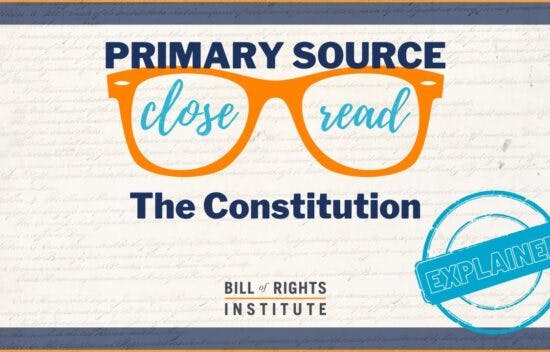
The Constitution Explained | A Primary Source Close Read w/ BRI
Video
Video
17 Min
How is the U.S. Constitution structured? In the newest episode of our Close Reads: Explained series, Kirk tackles the Constitution and explains its biggest concepts to you. What does the Constitution of the United States teach us about the government it defines?
17 Min
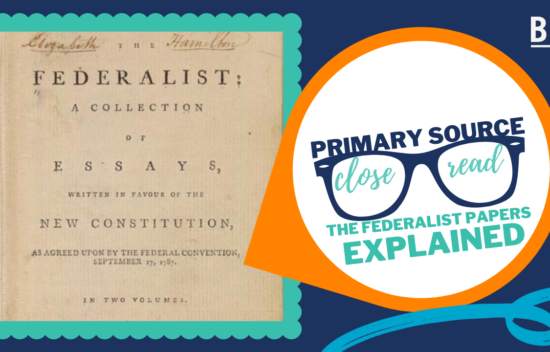
The Federalist Papers Explained | What Was the Argument to Ratify the U.S. Constitution?
Video
Video
21 Min
How are the Federalist Papers structured? In this episode of BRI’s Primary Source Close Reads, Kirk gives an overview of the papers that called on American citizens to support the ratification of the U.S. Constitution. What examples and explanations does Publius give as to why the Constitution must be ratified? What do these papers tell us about the design of the Constitution?
21 Min
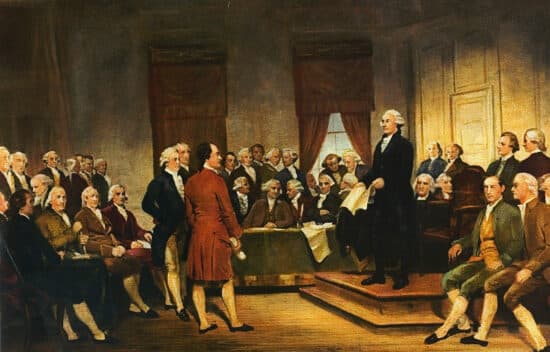
Constitutional Convention
Lesson
Lesson
90 Min
Use this lesson with The Constitutional Convention Narrative and after students have done The Articles of Confederation, 1781 Primary Source activity.
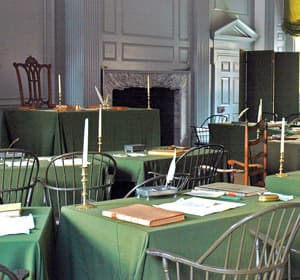
The Constitutional Convention
Lesson - 12 Activities
Lesson
12 Activities
320 Min
During the “critical period” after the American Revolution, many were concerned that the Articles of Confederation were inadequate for the states to grow commercially and economically. The Confederation Congress announced a meeting to revise the Articles of Confederation, but not everyone was convinced that the Articles needed revision—or even that the goals of the Convention were admirable. Divisions emerged among the delegates regarding centralized power, executive power, representation, and slavery.
This lesson plan includes six activities. The activities may be taught in sequence as a comprehensive overview of the Constitutional Convention or individual activities may be taught as stand-alone lessons.
320 Min
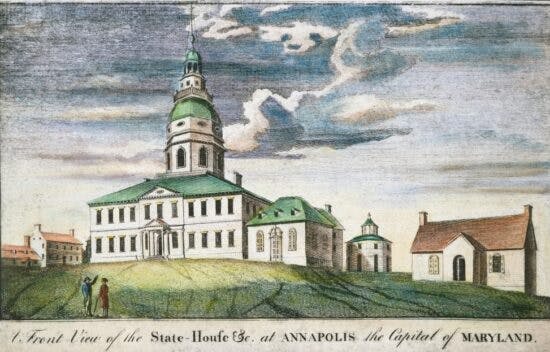
The Annapolis Convention
Essay - 2864 Words
Essay
2864 Words
By the end of this section, you will explain how different forms of government developed and changed as a result of the Revolutionary Period.